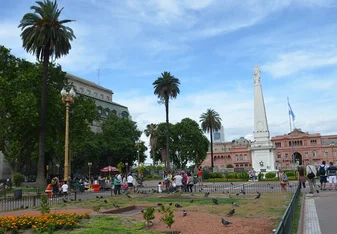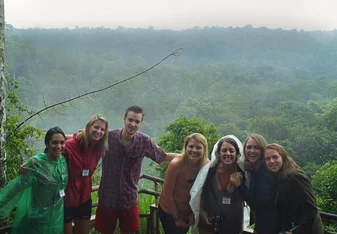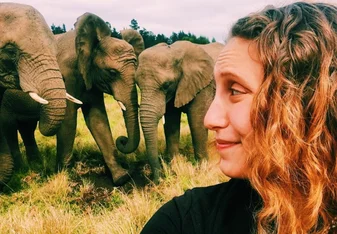University of Georgia en Buenos Aires
Location
- Argentina
Term
Academic Year, Fall, Spring, Summer
Feb 17, 2017
Nov 06, 2014
0 travelers are looking at this program
About Program
UGA en Buenos Aires is an immersion program that creates the opportunity for students to live in the vibrant and cosmopolitan capital city of Argentina, to increase competence in Spanish, and to learn about the specifics of a South American society and culture, within a rigorous academic setting provided by faculty from both the University of Georgia and our host Universidad de Palermo. The goals of the program will be met by classroom instruction at Universidad de Palermo, cultural excursions, intensive reading and research, interactions with Argentine students and faculty, and home stay with Argentine families.












